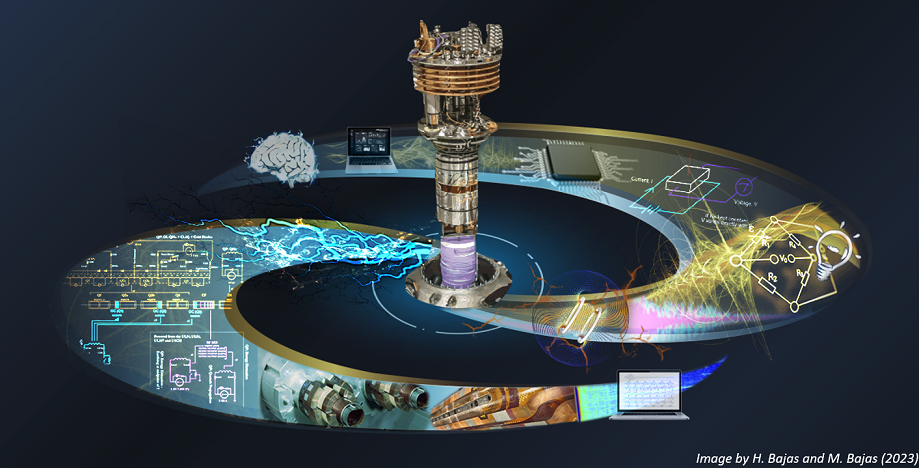About the lecture:
• Quick history of gas refrigeration and basic concepts of helium machines.
• Current general configuration.
• Main components of helium refrigerators.
• Efficiency.
• Integration in superconducting magnet cooling. Examples.
About the speaker:
Philippe BREDY, cryogenic engineer at Accelerator, Cryogenics and Magnetism Department at CEA Saclay (France), in...
In the design and use of superconducting magnets one must always ensure the safe dissipation of the stored magnetic energy after a quench. External energy extraction is relatively simple to implement, and it has the advantage of dissipating the energy outside of the cryostat. However, it’s capacity is limited by the maximum allowed voltage across the magnet terminals, which limits the dump...
About the lecture:
Coupling-Loss Induced Quench (CLIQ) is a quench protection method for superconducting magnets developed at CERN, which relies on a capacitive discharge unit introducing an oscillation of the transport current in the superconducting cable of the coil. The resulting fast change of the local magnetic field introduces a high coupling-current loss, which, in turn, causes a...
The LHC superconducting magnet test benches controls were designed in 1996. They were based on VME data acquisition systems, Siemens PLCs control and interlocks systems. After a review of renovation of superconducting laboratories at CERN in 2009, it was decided to replace the VME systems with a PXI based systems and the ageing Sun/Solaris workstations with Linux PC’s. This lecture covers the...
About the lecture:
Quench protection in fusion magnets is based on external energy extraction, due to the large stored energy. The external resistor system is arranged such as to adjust the maximum voltage to the ground to an acceptable level.
The quench propagation is slowed down due to the helium circulating in the cable in conduit, classically used in fusion magnets.
The quench...
